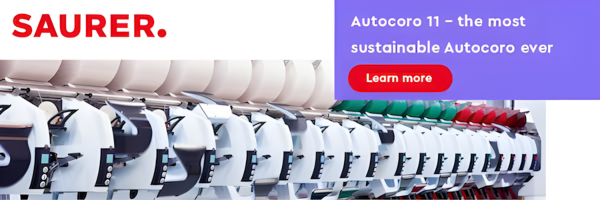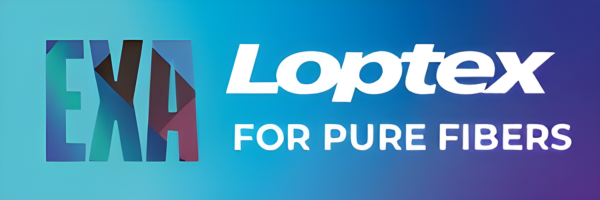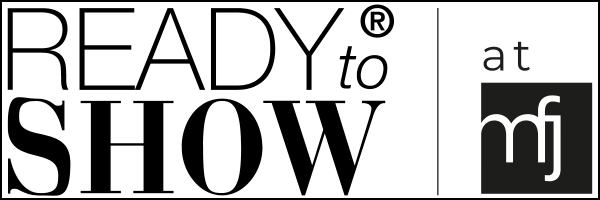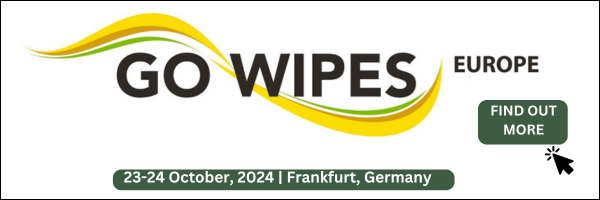The textile landscape in Morocco stands at a critical juncture, highlighted by a recent study conducted by the French association Evalliance. The study sheds light on Morocco’s notable position as the third-highest minimum wage earner among major EU garment suppliers. With a monthly wage of $307, Morocco outpaces countries like Bangladesh, Pakistan, and Myanmar, presenting a unique set of opportunities and challenges for the industry.
On one hand, this higher minimum wage signifies tangible benefits for Moroccan garment workers, empowering them with increased purchasing power and contributing to elevated living standards. However, the flip side reveals potential hurdles for businesses operating within the sector. As outlined in the Evalliance study, the heightened labor costs compel Moroccan manufacturers to reconsider profit margins or adjust pricing strategies to maintain competitiveness in the global market.
The study emphasizes the need to analyze the implications beyond mere wage comparisons, considering Morocco’s robust GDP of approximately $140 billion in 2023. This economic vigor suggests a dynamic environment where higher wages are an integral part of a larger economic narrative. Additionally, the relative strength of the dirham, supported by a euro-dominant basket, offers some advantages in terms of currency valuation.
Nevertheless, the study underscores the necessity for the Moroccan garment industry to evolve strategically. One proposed avenue is a shift towards the medium-to-high-end segment of the market, incorporating elements such as design, innovation, and value-added services. By doing so, Moroccan manufacturers can mitigate the relative impact of labor costs on product pricing while enhancing competitiveness.
This strategic pivot not only fosters competitiveness but also opens doors to premium markets with potentially higher profit margins. However, achieving this equilibrium between worker welfare and industry competitiveness demands a nuanced approach. While the current wage has undeniably improved the lives of many Moroccan garment workers, long-term sustainability requires strategic adaptation towards higher value-added production and market diversification, as recommended by the study.
Innovation and a focus on niche markets emerge as key strategies for navigating the complex and multifaceted relationship between Morocco’s minimum wage and the garment industry’s success. By embracing these approaches, Morocco’s garment sector can not only safeguard worker well-being but also contribute significantly to national economic growth in the long run.

















